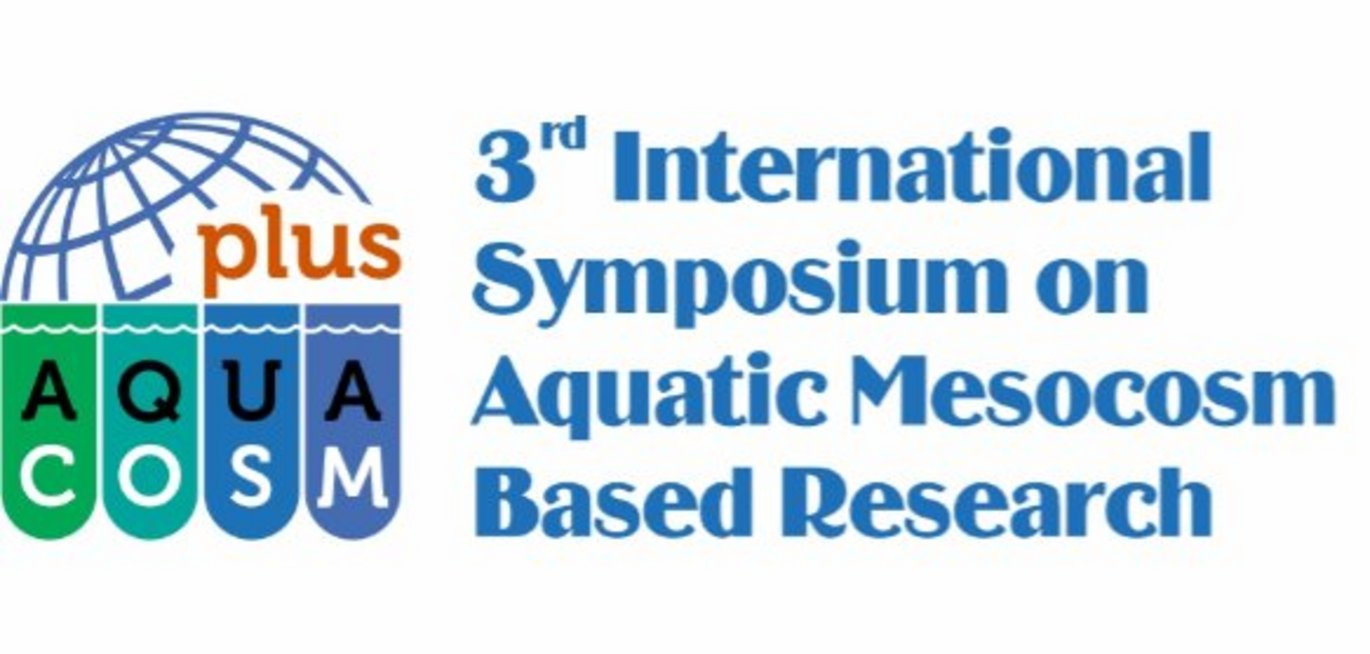Impacts of plastic surface on the periphyton under different nutrient and temperature: A mesocosm experiment
New publication by Tavşanoğlu ÜN, Çırak T, Başaran Kankılıç G, Ongun Sevindik T, Nadir Solak C, Pacheco JP et al..

Abstract:
The present study investigates the role of microplastics as substrates for periphyton development. Within aquatic ecosystems. Environmental factors including nutrient availability, pH, salinity, and seasonal variations, exert a profound influence on periphyton growth dynamics. The colonization of microplastics by periphyton significantly impacts aquatic ecosystem structure and function due to the efficient transport capacity of microplastics. The experiment was conducted at the Lemming Mesocosm Facility in Denmark. To assess the flipping on the nutrient in the mesocosm system regarding the evaluation of periphyton composition, we used different polymer types and different surface roughness. The plastic strips were positioned just beneath the water surface in each mesocosm setup, approximately 20 cm below. Periphyton samples were carefully harvested from the plastic surfaces and transferred to 5 ml Eppendorf tubes, preserving them with Lugol's solution. The experiment monitored chlorophyll-a levels and sensor data to determine optimal nutrient-flipping conditions. Upon detecting differences in nutrient levels, the microplastic strips were introduced into the mesocosms to evaluate their influence on periphyton composition. Overall, this study elucidates the intricate relationships between microplastics, periphyton, and aquatic ecosystems, shedding light on the potential consequences of their interactions. Understanding these dynamics is crucial for comprehending the broader implications of microplastic pollution in aquatic environments.
